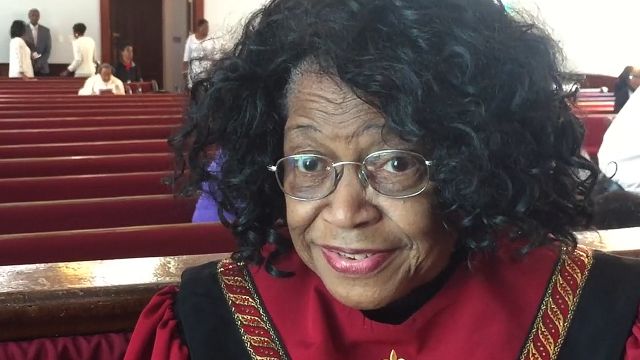 By Susan J. Carroll and Kira Sanbonmatsu
By Susan J. Carroll and Kira Sanbonmatsu
WeNews guest authors
This despite the fact that they face more hurdles, say Susan J. Carroll and Kira Sanbonmatsu in this excerpt from “More Women Can Run.” Democrat women
(WOMENSENEWS) – Democratic women have gained legislative seats at a much higher rate than Republican women in recent years. To a great extent, the rise of female Democrats is about the rise of Democratic women of color. Although they do not hold office in proportion to their presence in the U.S. population, minority women have advanced in state legislatures.
Of course, the Democratic Party need not have a monopoly on the candidacies of women of color. In 2010, in fact, among the most noteworthy accomplishments for women in politics was the election of two women of color to the office of governor, Susana Martinez in New Mexico and Nikki Haley in South Carolina, both of whom are Republican.
Women of color have made gains despite the fact that they seem in several respects to confront greater obstacles than white women. Resources and party support appear to be more difficult for women of color to attain and minority women who are elected to the legislature seem to have overcome more efforts than Anglo women to discourage their candidacies.
The increase in the number of Democratic women is also about issues. Because the intersection of race and gender affects policy priorities and legislative life, the election of more Democratic women of color is likely to have policy consequences in the states. But looking beyond women of color, Democratic women in general more often than men cite public policy as a reason for their candidacies, and the importance of policy as a motivational factor has increased over time. Because women have not traditionally aspired to a political career, it is understandable why other motivations, such as a strong desire to shape public policy, might be important to fueling women’s bids for office. The women’s movement provides some of the issue concerns that motivate Democratic women to run for office.
Agenda Setting Gender Gap
Our findings that the candidacies of female state legislators are increasingly motivated by public policy and that public policy plays a motivating role for larger proportions of women than men are noteworthy in relationship to the literature on the impact of women in office. One of the most consistent findings in scholarship about the behavior of women and men in legislative institutions is the gender gap in agenda setting. For example, a 2001 Center for American Women and Politics survey of state legislators found that the majority (two-thirds) of female legislators, compared with only 40 percent of their male colleagues, worked on a bill to benefit women.
Research by the Center for American Women and Politics and others has also found that female legislators are more likely than men to give priority to issues such as health care, education and the welfare of children and families. Thus, not only do women bring different issues to the legislative agenda, but also policy motivations play a greater role in their decisions to seek office in the first place, suggesting that women often seek office to bring issues and perspectives to the legislative agenda that they believe have not been adequately addressed.
Despite the forces leading to the election of Democratic women, including women’s diversity, support from the Democratic Party, and the Democratic issue agenda, Democratic women have not yet reached parity with the men in their party. Female state legislators do not necessarily see a level playing field with respect to politics.
This is evident on the topic of fundraising, where large gender differences in perceptions are apparent within both the Democratic and Republican parties. Women’s quest for campaign resources has led women’s PACs, which have ideological criteria, to play a substantial role in women’s candidacies; these PACs contribute to gender differences in legislator ideology and to the greater representation of Democratic women in office compared with Republican women.
And while we generally do not find gender differences in how the parties dealt with the candidacies of female and male legislators, our analysis reveals that women’s state legislative office holding is more dependent on, and therefore more contingent on, party support.
Reprinted from “More Women Can Run: Gender and Pathways to the State Legislatures” by Susan J. Carroll and Kira Sanbonmatsu with permission from Oxford University Press, Inc. (c) 2013 by Oxford University Press.
Susan J. Carroll is a professor of political science and women’s and gender studies and senior scholar at the Center for American Women and Politics at Rutgers University in New Jersey. Kira Sanbonmatsu is also a professor of political science and senior scholar at the Center for American Women and Politics at Rutgers University.



